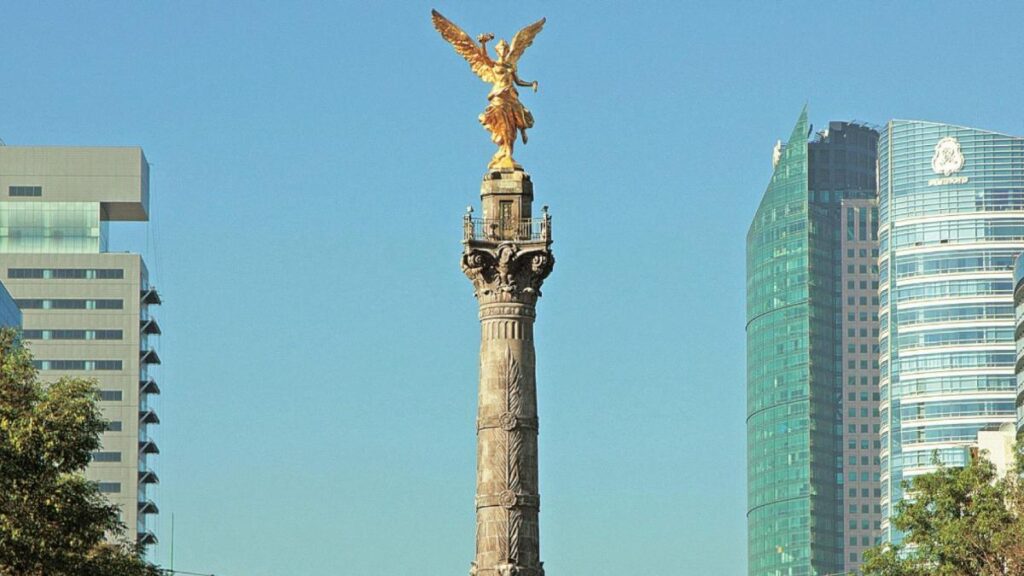Introduction
The Economic Commission for Latin America and the Caribbean (CEPAL) recently updated its economic growth projections for Latin America and the Caribbean, estimating a 2.2% expansion for the region in 2023 amidst a complex global environment and high uncertainty. Meanwhile, CEPAL maintained its growth forecast for Mexico’s GDP at 0.3%.
Regional Economic Outlook
CEPAL raised its growth estimate from 2.0% in April, anticipating a regional expansion of 2.3% by 2026. The commission highlighted that regional inflation stabilized around 3% last year and is expected to remain at this level in 2025 and 2026, with predominantly upward risks.
CEPAL pointed out that international financial conditions present growing risks, and there is no synchronization on monetary policy among various economies. Additionally, employment creation is expected to slow down, though unemployment is projected to remain stable at approximately 5.6%.
Country-Specific Projections
- Brazil: CEPAL expects a 2.3% expansion, up from the previous estimate of 2.0%
- Mexico: The growth rate remains unchanged at 0.3%
- Argentina: Projected growth of 5.0%
- Colombia: Anticipated growth of 2.5%
- Peru: Estimated growth of 3.1%
- Chile: Growth projection increased to 2.4% from 2.2%
Long-Term Projections for 2026
CEPAL forecasted the following GDP growth rates for selected countries in 2026:
- Mexico: 1.0%
- Brazil: 2.0%
- Argentina: 4.0%
- Chile: 2.2%
Key Figures and Context
CEPAL’s role as the United Nations’ economic and social commission for Latin America and the Caribbean makes its projections significant for policymakers, investors, and the general public. The commission’s analysis considers various factors such as global economic conditions, regional inflation, and monetary policy synchronization among countries.
By maintaining Mexico’s growth rate at 0.3%, CEPAL acknowledges the challenges faced by Mexico’s economy, which has been affected by factors such as lower domestic demand, trade disruptions, and geopolitical tensions. Meanwhile, the higher growth projections for countries like Brazil and Argentina reflect their potential to overcome these challenges and capitalize on opportunities for expansion.
Key Questions and Answers
- What is CEPAL? The Economic Commission for Latin America and the Caribbean (CEPAL) is a United Nations’ economic and social commission responsible for promoting economic cooperation, sustainable development, and social progress in the Latin American and Caribbean regions.
- Why are CEPAL’s projections important? CEPAL’s growth estimates and analyses provide valuable insights for policymakers, investors, and the general public to understand regional economic trends and make informed decisions.
- What factors influenced CEPAL’s updated projections? Factors such as global economic conditions, regional inflation stabilization, and monetary policy synchronization among countries played a role in shaping CEPAL’s updated growth projections.
- Why did CEPAL maintain Mexico’s growth rate at 0.3%? Despite challenges faced by Mexico’s economy, such as lower domestic demand and trade disruptions, CEPAL’s decision to maintain the growth rate at 0.3% reflects a cautious approach, considering both current and potential future developments.






